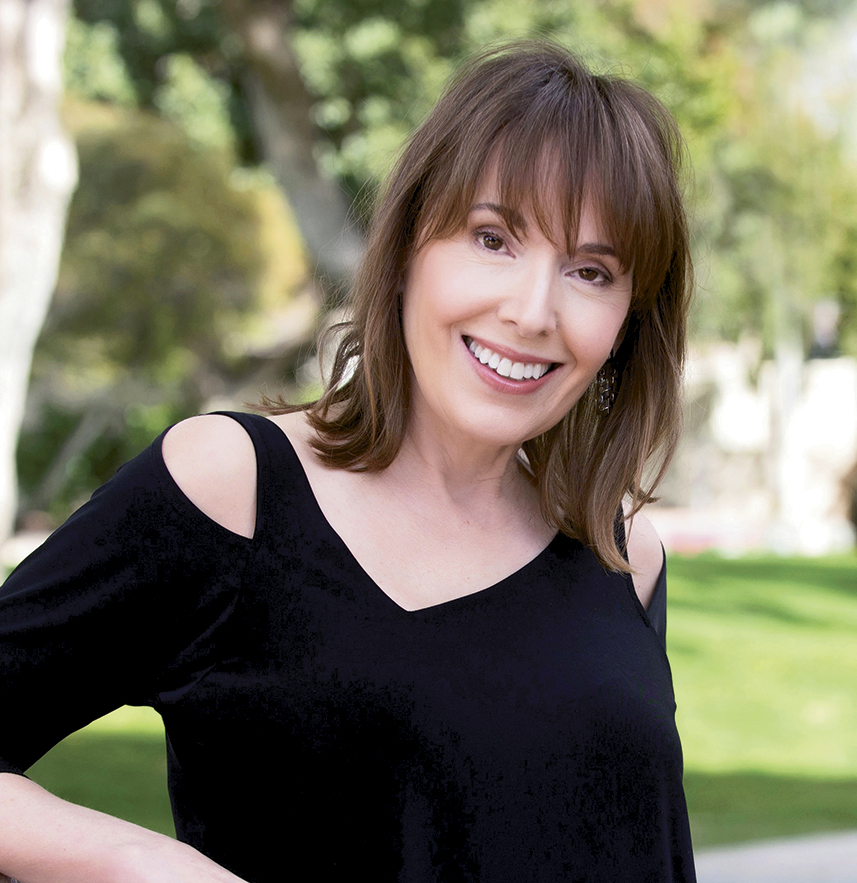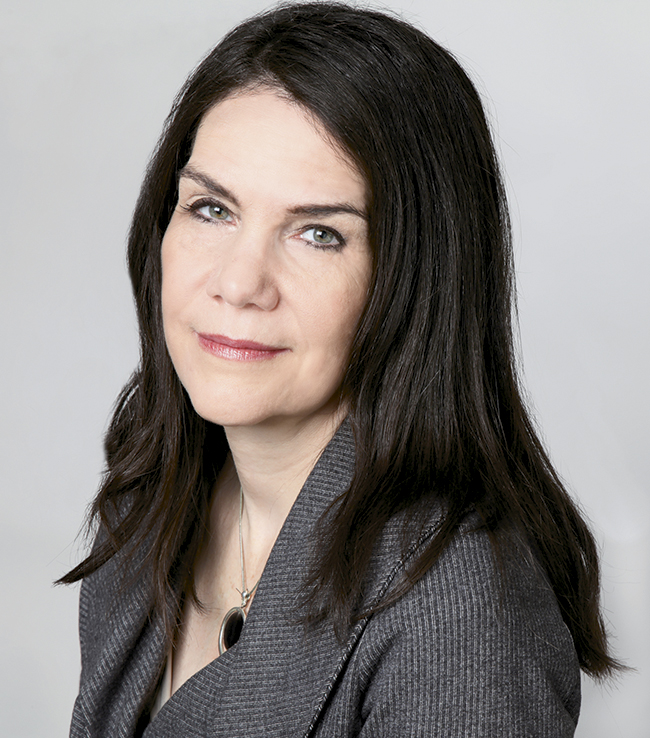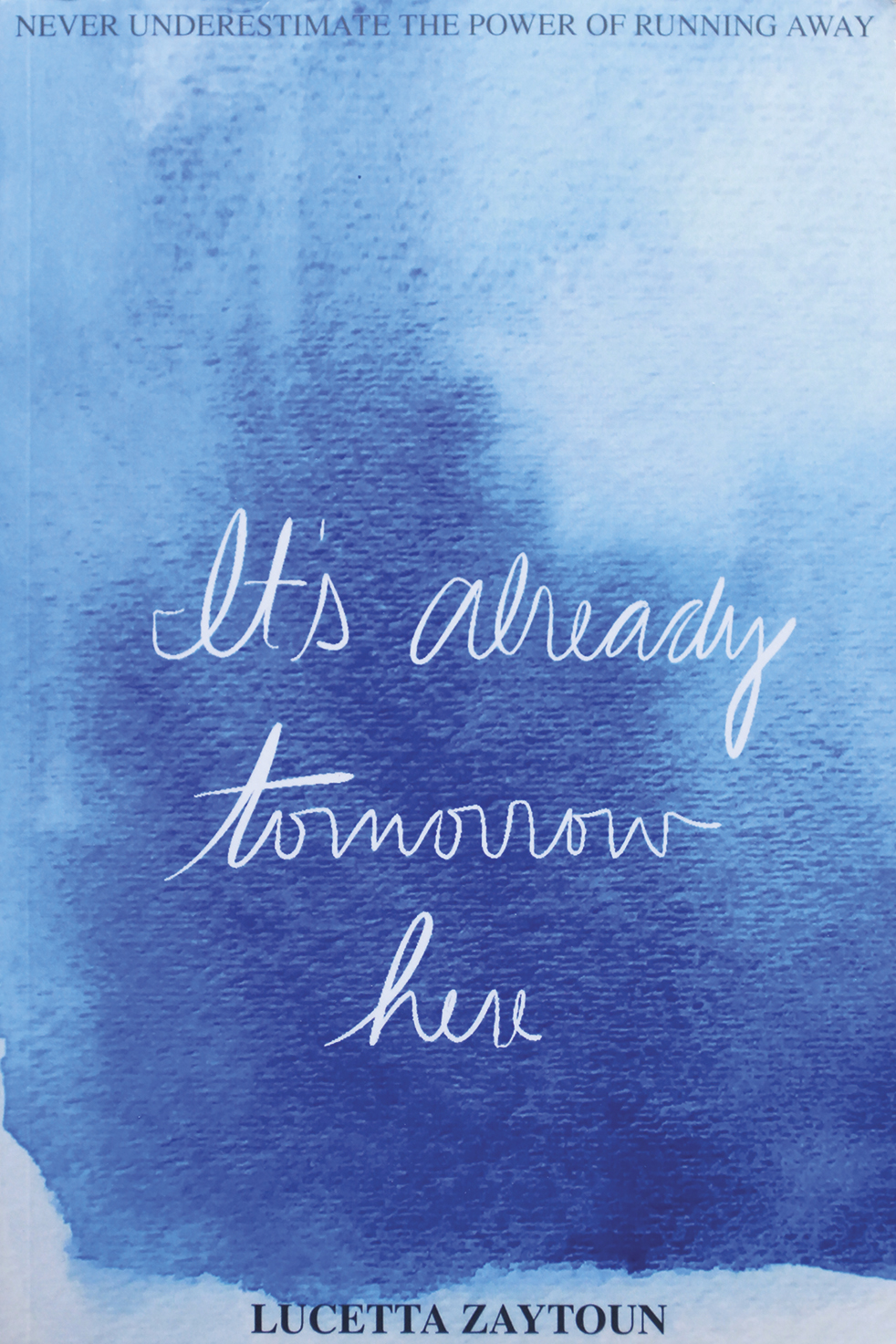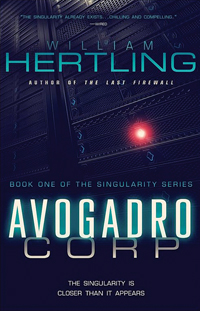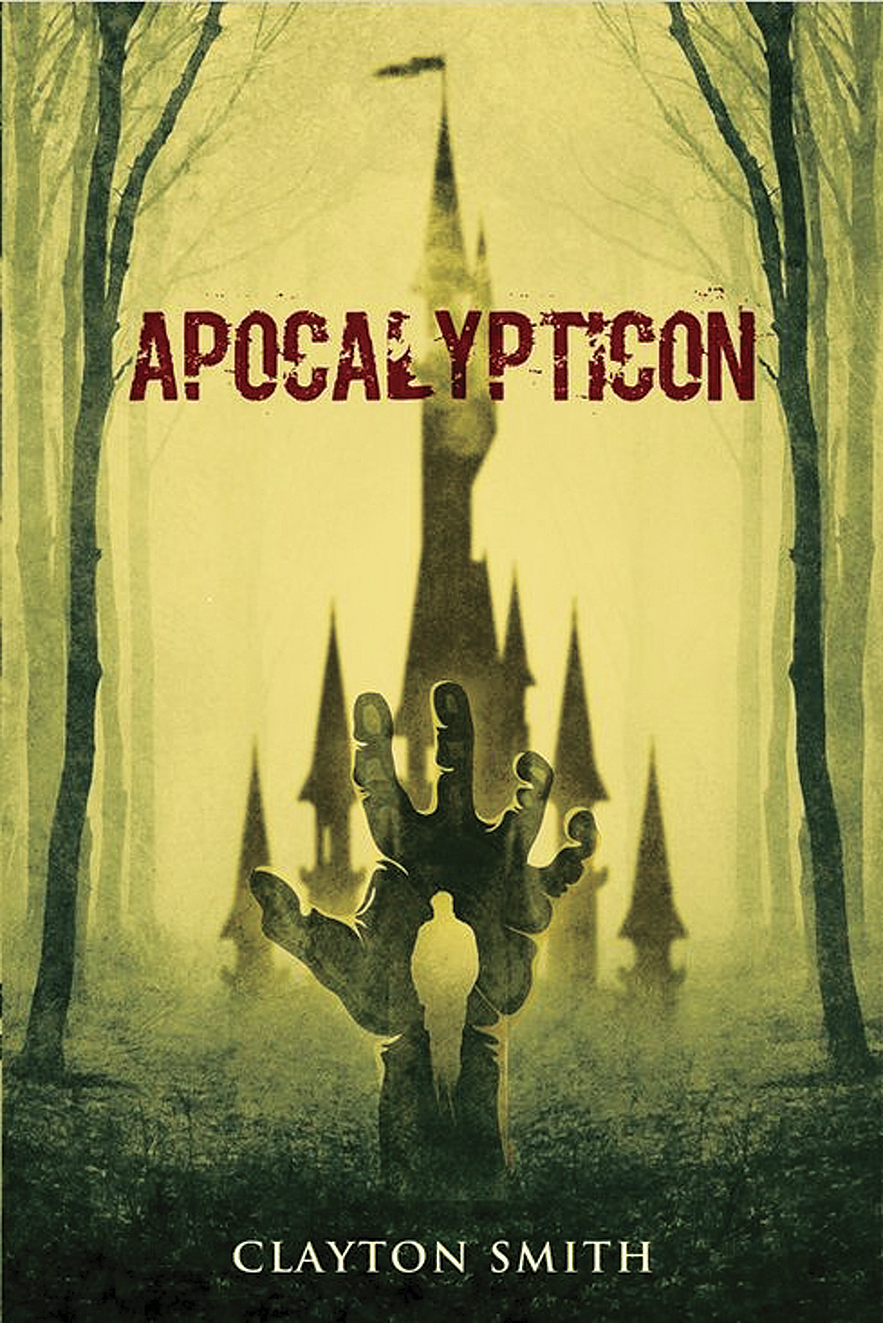Elizabeth Hutchison Bernard has been writing for most of her life, but after graduating from Northwestern University she pursued a career in music, working as a vocalist, flutist, and songwriter. She later became the communications director for the American Society for Aesthetic Plastic Surgery and subsequently served as the executive editor of Aesthetic Surgery Journal. Her knowledge of the plastic surgery industry inspired her first book, The Beauty Doctor, a historical novel she self-published in 2017. In December of last year Bernard self-published her second, Temptation Rag, a novel set in the early twentieth century that revolves around ragtime, vaudeville, and African American musical theater. Based on real-life people and events, the book features a character named Mike Bernard, inspired by Bernard’s husband’s grandfather, a famous ragtime musician. I spoke to the author about her experiences with self-publishing; for some perspective on publicity and marketing, I talked to Dawn Raffel, who is an independent editor, and Jane Wesman, the founder of Jane Wesman Public Relations.
The Author’s Approach
Temptation Rag was actually my first book. I started it eight years ago at the Hudson Valley Writers Center and worked on it for several years, much of which was spent completing research. But when my husband and I moved to Arizona, I put the book on hold for a year. When I resumed working on it, I hired a developmental editor; she was very encouraging but pointed out a lot of things I needed to revise. At first I was a little taken back, but in hindsight I see she was absolutely right. Meanwhile I realized that the scope of the book—thirty years and many characters—was too ambitious, so I set the book aside and started to write The Beauty Doctor. It was an easier novel to write because I knew the subject matter. It took me about two years to complete, and I learned a lot about writing along the way. I hoped to have it published by a traditional publisher, and I sent out forty-eight queries to literary agents. Seven agents asked for the manuscript, but they all rejected it. Although I considered sending out more queries, I felt well equipped to publish independently because I had a strong editing background. I had also worked with graphic designers when I was in public relations. I hired a book publicity firm, which turned out to be disappointing. The company seemed to have a one-size-fits-all approach, and I felt the publicists didn’t take the time to understand my book’s niche. The staff was hard to reach and sent out press materials without my approval. After the contract ended I continued to promote The Beauty Doctor on my own, and the book won several awards, including an honorable mention in the 2017 Arizona Literary Awards; it was also a fiction finalist for the 2018 Eric Hoffer Book Award.
With Temptation Rag I made no effort to find an agent or a traditional publisher. I had learned a lot of the ropes already and enjoyed self-publishing. I also didn’t want to wait for months or years for the new book to be published. Perhaps because I started my writing career later in life, I’m impatient and feel it’s important to publish my novels on a regular basis. I was referred to Girl Friday Productions, a team of publishing-industry veterans who offer editing and other services for authors. A developmental editor there provided initial comments that were mostly positive and suggested some revisions. Because of the unique plot I asked other readers for their opinions too and worked on developing the characters based on that feedback. My goal was always to produce a book that was as professional as any traditionally published book. I wasn’t willing to settle for anything less than the best that I could do. The team appreciated that and was willing to live up to those exacting standards. I had my own concept for the cover and provided the designer with images of my husband’s grandmother, who is a minor character in the book. The designer gave me four different versions, and with some tweaking we finalized it together.
I looked into several book publicity firms and ultimately hired Smith Publicity for a three-month period to help with the launch. I was involved in the writing of press releases, reviewing and approving them before they were sent out. It was important for me to get credible book reviews, which is particularly challenging for independently published books. Many major outlets won’t even consider a self-published book, especially fiction. [Use the Book Review Outlets database at pw.org to find those that do consider self-published titles.] In the six weeks since the pub date, Temptation Rag has sold about 42 percent more than The Beauty Doctor. It was reviewed by the Historical Novel Society, and I’ve gotten more than forty favorable reviews on Amazon and Goodreads. I enrolled in Kindle Unlimited and did a promotion in the last week of February. I also promoted the 99-cent e-book on my Facebook and Twitter accounts. I spent $50 to boost the Facebook posts in major cities and targeted women ages forty to sixty-five and older, with interests in historical fiction, ragtime, and the Victorian Era. I feel good about the foundation we’ve laid, and it’s up to me to think of new ways to bring it to the public’s attention.
I had to learn to be active on social media with my first book. I’m comfortable on Pinterest but haven’t completely figured out Facebook and don’t think I’ve mastered Twitter. But I am starting to enjoy and develop relationships with people who have interesting things to say about books. I have a blog and have been beefing up content related to the book on my website. I recently added music from the ragtime era, in some cases performed by the real-life characters in my book, and I promote this content on social media. I’ve reached out to several Facebook groups on ragtime music and I’ve started to share bits of my research with these groups. I am also a member of several historical fiction and indie-book groups on Facebook, Goodreads, and BookBub but need to invest more time in building those relationships, particularly in the groups geared toward historical fiction readers. I have done some simple per-click sponsored ad campaigns on Goodreads for both books, but there haven’t been many click-throughs. I plan to look into the cost of a targeted display ad, but it may be cost-prohibitive.
In terms of events, in February I did a twenty-city virtual blog tour focused on historical fiction sites. I also did a book signing at my local Barnes & Noble and have been invited back. I’ve given some presentations, have done several book club events, and recently posted my availability to speak to book clubs on the Nextdoor network, which reaches more than 5,000 households in my area. I am also arranging to do a presentation at the local library.
Assuming I publish the next book independently, I plan to cut some expenses from my editorial budget and trust myself more on the front end. I will also pursue more prepublication blurbs from high-profile authors and influencers and allocate more money for advertising and reviews from Kirkus and other publications that offer reviews for self-published authors.
My advice to authors planning to self-publish:
• Schedule enough lead time to build awareness and send out advance reader copies. Having them available five or six months ahead of publication is ideal.
• Remember that social media isn’t all about you. People will tolerate hearing a little about you, but you need to keep them interested in the subject of the book.
• Reviews on Amazon give you credibility and show that people are reading the book.
• It’s easy to get caught up in the marketing right after publication, but you should still think about your next book. Don’t obsess over sales numbers to the point that you lose sight of the creative process of being a writer.
An Editor’s Perspective
Dawn Raffel is an independent editor and teaches at Columbia University. She has worked at national magazines including O, the Oprah Magazine and is the author of several books, most recently The Strange Case of Dr. Couney: How a Mysterious European Showman Saved Thousands of American Babies (Blue Rider Press, 2018).
In assessing Temptation Rag, a few things immediately jumped out. Bernard’s first book won several awards, which should have been highlighted on the back cover of the new book. I spent many years at mass-circulation publications, and I know that it is extremely difficult for self-published authors to get reviewed in traditional media. But we would occasionally provide book coverage that wasn’t a review. Temptation Rag is based on a story in Bernard’s family history, and her husband’s grandfather is a character in the novel. But you don’t find this out until near the end of her author’s note at the back of the book. This is her big hook—it’s what makes the story interesting and hers to tell. It gives Bernard ownership and authority. She should use this hook to write a blog piece or an essay about Temptation Rag. She can talk about the family history in any media interview. Aside from the plot, many people like to research their family history, so she might have added talking points explaining how she researched the characters. Stressing the part of the plot that revolves around her husband’s family history would really catch readers’ attention.
I also would have put the author’s note at the start of the book and mentioned the family connection early on. In addition, some of the book contains racially sensitive material, and I think Bernard could have stressed that more in her author’s note.
The plot description on the back cover made me think the book was going to be a tale of star-crossed lovers. There are certain elements of that here, but this novel is more interesting than that—it’s about actual people, their passions, and ragtime music. The description didn’t fully capture the novel’s scope.
To continue to promote the book, the author should be talking about the plot elements, especially to book clubs. She could discuss how she went about researching the book, explain the most surprising things she learned about this era, and create a PowerPoint presentation about the birth of ragtime.
A Publicist’s Take
Jane Wesman is the founder and president of Jane Wesman Public Relations in New York City. She has worked on publicity campaigns for many best-selling authors. Wesman is also the author of Dive Right In, the Sharks Won’t Bite: The Entrepreneurial Woman’s Guide to Success (Dearborn, 1995).
Word of mouth is key when it comes to promoting fiction. Novels are sold by people telling one another about how much they loved reading a book. Building word of mouth involves many elements, but, most important, it means connecting directly with your readers. This can be done through social media, speaking engagements, media interviews, the author’s website, and so on.
But let’s take a step back for a minute. One thing I noticed about the position of Temptation Rag is that it’s called a “historical novel” on the author’s website and in promotional materials. The adjective historical doesn’t paint a strong enough picture for prospective readers. You want to give people an image, and the most effective way to do that is by comparing the book to another well-known work. Remember Water for Elephants? Everyone was talking about it. It had great word of mouth. So instead of calling this book “historical” fiction, Bernard should say something like: What Water for Elephants did for the circus, Temptation Rag does for ragtime. Maybe there is another book that works as a comparison, but my point is that the adjective historical doesn’t help people know what the book is about.
As we all know, social media is key in book promotion. That means building a solid platform on Facebook, possibly Twitter, and, if you’re visually creative, on Instagram. As to Bernard’s social media presence, her posts on Facebook are too long. She should publish her longer pieces on her website as blog posts, then pull an interesting quote from the blog to post on Facebook, linking back to the blog on her website. Although she has paid for some online promotion, it hasn’t really boosted sales. I recommend she hire a good social media person who understands the analytics and can help her reach the right audience. Fiction writers also need to be active on Goodreads. You want to get as much coverage from book giveaways as reasonably possible. Authors should personalize their pitch for the giveaway and reach out to readers, writing a note saying they’re happy they requested the book.
Regarding media coverage, there are many websites and blogs that focus on fiction. Bernard should look at the different blogs and book-review outlets and decide whether they appear professional and have a sizable enough readership that it’s worth pitching them for an interview or book review. She should focus more on speaking events and readings. For example, she may want to appear at one of the many local book fairs such as the Brooklyn Book Festival or the Boston Book Festival. She should research these events online and follow procedures to contact them. She can also reach out to independent booksellers to hold book signings or readings, or to visit book clubs or reading groups hosted by those stores. In short, authors need to connect with the people who are going to read the book.
Bernard has a lot going for her from a marketing standpoint, including great titles and covers. And since she has two books, she can be promoting them both. When she’s speaking, both books should be available for sale. Depending on the audience she could discuss the subject matter of either book; she has a wealth of topics from both novels, including women and self-esteem, ragtime, and family history. Bernard could talk about her favorite characters and how she created them. She has a lot of work ahead but should be thinking about doing as many speaking engagements as she can for the next year or longer.
My advice for other self-published authors:
• Don’t be put off by having to pay for a review. Kirkus is a big influencer, so consider paying for a review. If your book gets a favorable review, it can be very helpful.
• Make sure your SEO (search engine optimization) is working. Check how easily your website can be found on Google.
• Always link your writing back to your website or to a bookseller site so readers can easily order your book.
Debra Englander is a New York City–based freelance editor, writer, and book coach. She has written about business and books for numerous publications, including USA Today, Good Housekeeping, and Publishers Weekly. She is coauthor of 143 Reasons Mr. Rogers Still Matters, forthcoming in September from Post Hill Press.

